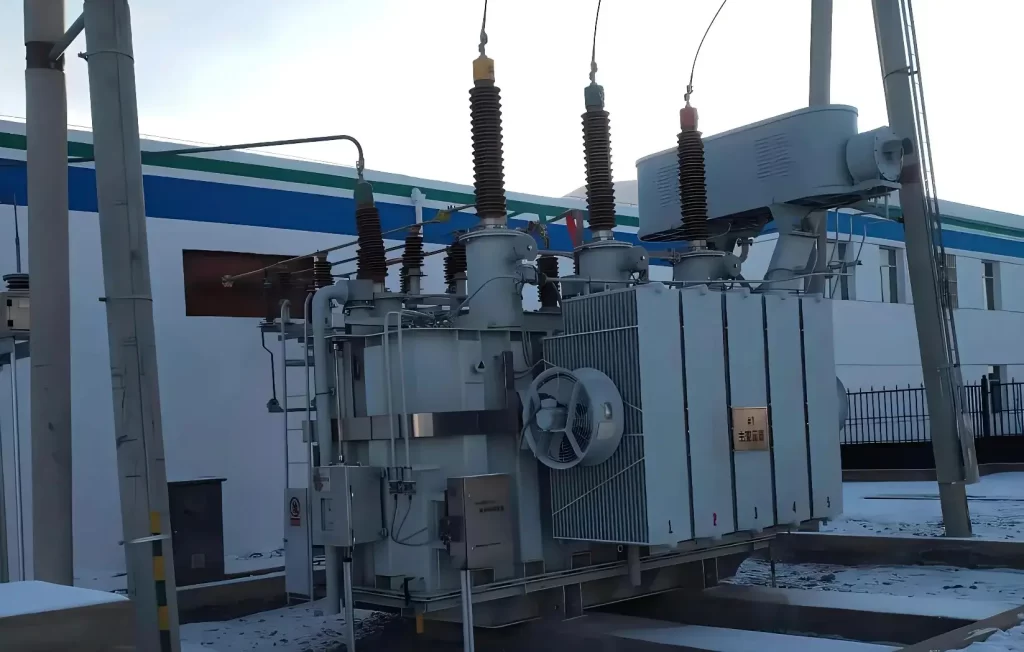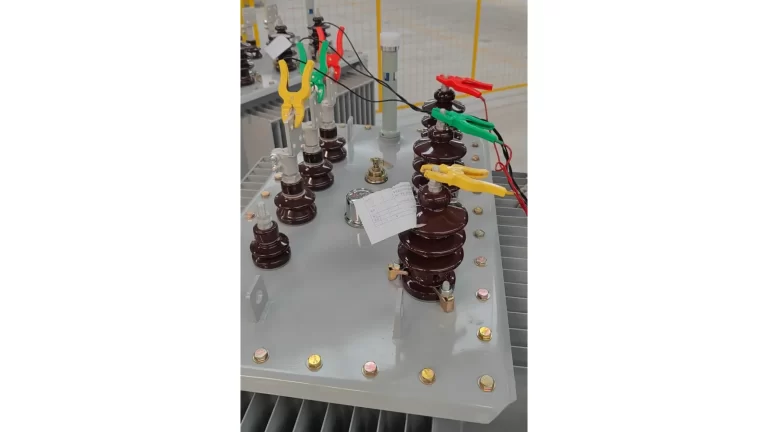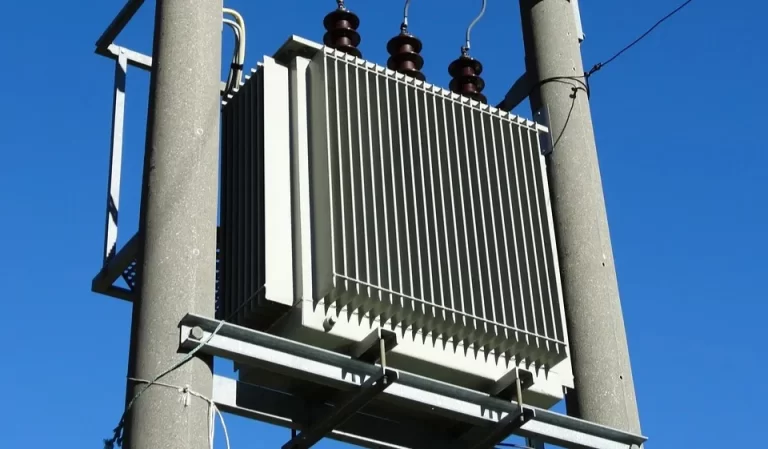Transformers are an essential part of our everyday lives, but have you ever wondered how much power they actually consume? In this blog post, we will explore the power consumption of transformers and provide you with some insights into their energy usage.

Table of Contents
What is a Transformer?
Before we dive into the power consumption, let’s first understand what a transformer is. A transformer is an electrical device that transfers electrical energy between two or more circuits through electromagnetic induction. It is commonly used to step up or step down voltage levels in power transmission and distribution systems.
Factors Affecting Power Consumption
Several factors influence the power consumption of a transformer. The primary factors include:
- Transformer Rating: The power rating of a transformer determines its capacity to handle electrical load. Higher-rated transformers generally consume more power.
- Load: The amount of electrical load connected to the transformer affects its power consumption. Transformers consume more power when the load is high.
- Efficiency: Transformers have an efficiency rating that indicates how effectively they convert electrical energy. Higher efficiency transformers consume less power.
- Operating Conditions: Environmental factors such as temperature and humidity can impact the power consumption of a transformer.
Calculating Power Consumption
To calculate the power consumption of a transformer, you can use the formula:
Power Consumption (in watts) = Transformer Rating (in kilovolt-amperes) x Efficiency
Example Calculation
Let’s say you have a transformer with a rating of 500 kilovolt-amperes (kVA) and an efficiency of 95%. Using the formula, the power consumption would be:
Power Consumption = 500 kVA x 0.95 = 475 watts
Reducing Power Consumption
If you are concerned about the power consumption of your transformer, here are a few tips to help reduce it:
- Choose a higher efficiency transformer: Investing in a transformer with a higher efficiency rating can significantly reduce power consumption.
- Optimize the load: Avoid overloading the transformer and distribute the load evenly across multiple transformers if possible.
- Maintain optimal operating conditions: Ensure that the transformer is operating within the recommended temperature and humidity range.
Conclusion
Transformers play a crucial role in our electrical systems, and understanding their power consumption is important for both energy efficiency and cost savings. By considering factors such as transformer rating, load, efficiency, and operating conditions, you can make informed decisions to minimize power consumption and maximize the performance of your transformer.


